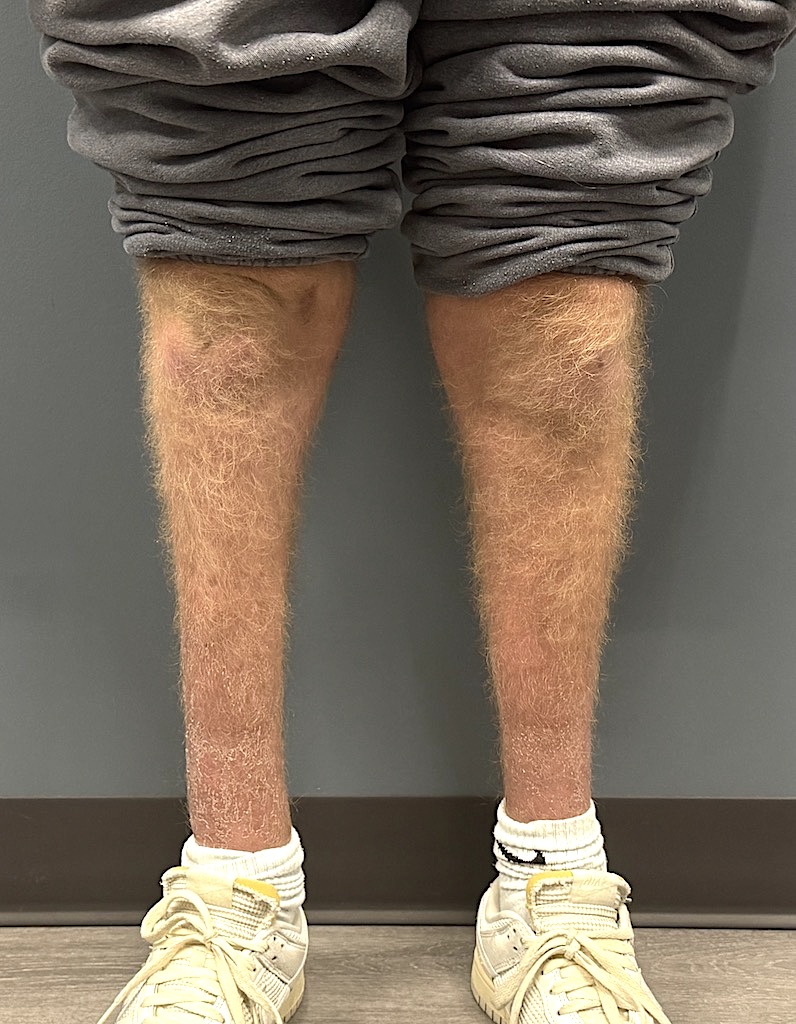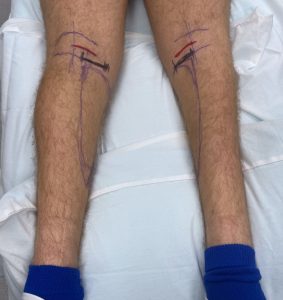Background: Calf implants are largely done for aesthetic augmentation of small sized lower legs regardless of gender. In less commonly performed cases the motivation for calf implants is reconstructive in nature. One such congenital reason is clubfoot, one of the most common birth defects. It is seen clinically as a foot or feet that are turned inward which is caused by a shortened achilles tendon. While early treatment can be effective at straightening the foot position there are some lingering long term effects such as calf muscle underdevelopment and a thinner leg from the knee to the ankle.
The clubfoot calf deformity comes in a wide variety of expressions reflective of how small the calf muscles are and how tight the overlying skin envelope is. When considering calf implants in such a patient this is a very different than the typical aesthetic patient. When significant under development of the gastrocnemius and soleus muscles exists there often is not much room to put an implant in the typical subfascial location on top of the muscle. In some severely affected patients the muscle is so small that there is no merit at all to even do so. The limiting effect of the small muscle with tight fascia is compounded by the often tighter enveloping skin around the lower leg in general.
Because of the soft tissue limitations in the more severely affected club foot patient the consideration of a subcutaneous placed calf implant is a more effective option with a lower risk of potential complications. It is going to be far more successful to stretch out the overlying tight skin than it is that of the fascia of the underdeveloped calf muscles. While this does increase the risk of postoperative fluid collections and even implant show a small subfascial implant which has very limited augmentation effect or potential compression of the underlying arterial flow to the foot are worthy trade-offs.
The other consideration of calf implants in the clubfoot patient is the asymmetry whether one or both legs are affected and whether any of the standard calf implant options available would fit the dimensions of the augmentation needed. Therefore in some patients the use of a custom calf implant design may be indicated.
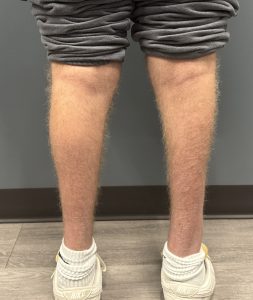
Under general anesthesia and in the prone position medial small skin incisions were made in the popliteal skin increase. Subcutaneous dissection was then done to create the pockets based on the external in implant markings.The custom calf implants were prepared for placement by initially cutting 6 mm perfusion holes through the implant with a dermal punch. This was done to allow for tissue ingrowth as well as to potentially decrease the risk of postoperative fluid collections.
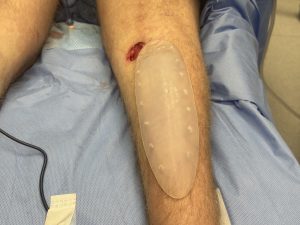
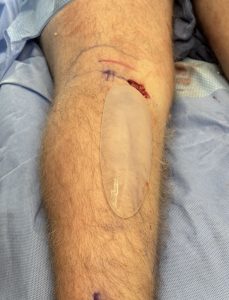
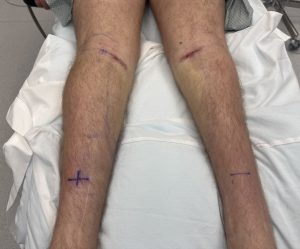
Key Points:
1) The clubfoot patient poses challenges for calf augmentation with muscle underdevelopment and a tighter skin sleeve.
2) Subcutaneous implant placement in the clubfoot patient allows for a larger implant size than a subfascial location.
3) Custom designed calf implants offer the ability to address different sized lower legs due to the congenital clubfoot and prior surgical effects.
Dr. Barry Eppley
World-Renowned Plastic Surgeon

